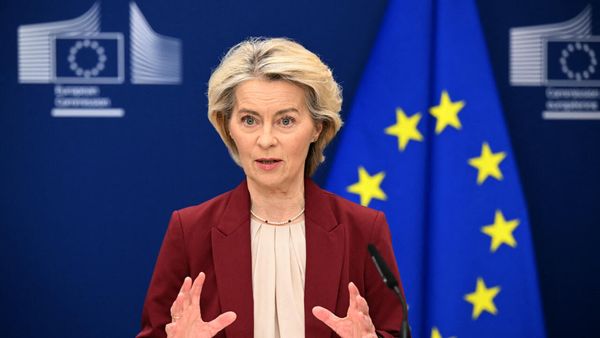
State and territory governments will be required to ensure all First Nations houses in homeland communities and town camps meet or exceed minimum standards for essential services within the next decade, under new targets agreed by the joint council on Closing the Gap.
The minister for Indigenous Australians, Linda Burney, the assistant minister, Malarndirri McCarthy, and their state and territory counterparts met Aboriginal peak bodies in Adelaide on Friday to discuss progress on social, health, economic and educational indicators.
Burney said all jurisdictions must come together to address the inequities that too many First Nations people experience across the country. “The importance of closing the gap cannot be underestimated,” she said.
Access to essential services and poor housing conditions are a problem for many Indigenous families, particularly those in remote and regional areas.
States and territories have agreed in principle that essential services - including to households within town camps or town-based reserve - should meet or exceed “jurisdictional standards”
The NT government has been at the centre of a long-running dispute over claims of inadequate and dilapidated homes for people living in Ltyentye Apurte, known as Santa Teresa, 85km south-east of Alice Springs.
In Western Australia, the government threatened to cut off essential services to hundreds of remote homeland communities after commonwealth funding was cut in 2015.
The new community infrastructure target will need to be formally signed off at national cabinet before being included in the latest suite of Closing the Gap targets.
Burney said better data collection was needed to ensure appropriate funds and resources were directed to where they were most needed.
“It is not up to government to decide those places,” Burney said.

The 17 Closing the Gap targets address disproportionate rates of incarceration, poor health, education, early childhood and the rates of children in out-of-home care, as well as strengthening culture and language.
Burney said it was not beyond the country to close these gaps despite recent data revealing many targets are not on track.
“Until First Nations people are living lives of choice and change, just like other Australians, then we cannot ever hold our heads in the space of Indigenous affairs,” Burney said.
Burney said the federal government can address both disadvantage and changes such as the Indigenous voice to parliament and the Uluru Statement from the Heart.
“We can ensure that we lift the standard of living for First Nations people in this country, and we can see a referendum come forward for voice [to parliament] to be enshrined in the constitution.
Asked about reports of overcrowding and self-harm at the troubled Banksia Hill and Don Dale detention centres, Burney said: “The clear message from the federal government is that we are most concerned about these reports and want to work collaboratively with states and territories on addressing the issues.”
The Albanese government’s election commitment to fund 500 Aboriginal and Torres Strait Islander health worker trainees is part of the plan to address health inequities.
The federal government said 500 trainees would be supported to undertake certificate III or IV accredited training to work in clinics, hospitals and health providers to deliver culturally appropriate care to First Nations peoples.
NT senator Malarndirri McCarthy said the $50m announcement was key to improving health outcomes for Indigenous peoples.
“We know that health, jobs, housing, all of these are extremely critical,” McCarthy said.
“We are focused on renal disease, rheumatic heart disease, and of course, in the job sector, revamping of the community development program,” she said.
Pat Turner, the lead convener of the Coalition of Peaks, said that all state and territory jurisdictions have a responsibility to address Indigenous disadvantage, adding that the peak bodies are looking forward to working with the new government after brokering the refreshed Closing the Gap agreement in 2020.
The Coalition of Peaks is an alliance of more than 50 Aboriginal and Islander community-controlled peak organisations, representing thousands of Aboriginal and Islander health, housing, education, justice and cultural groups.
“We’ve got a big agenda to get through but we have a very enthusiastic group with all of the ministers responsible for Indigenous affairs,” Turner said.
“Every agency or government understands and fulfils their respective responsibilities on the closing of the gap. Aboriginal affairs ministers cannot do it on their own – they must have the full support of their cabinet colleagues.
The joint council is expected to meet again in December.







